- Many students studying tourism have jobs after graduation.
- Strengthen measures to ensure security and safety for tourists
- What do you see from the recovery of Vietnam tourism?
Every trip is a lesson
Having majored in History, she loves to travel and explore the culture and natural landscapes of different regions; ever since her child was little, Ms. Hoai Thu has taken her child to every region so that he can better understand the country and people of Vietnam.
The couple took their daughter to Moc Chau, a beautiful mountainous area with many interesting check-in spots and not too far from Hanoi . When she arrived, her parents let her visit the tea hills. This was the first time she saw a tea tree with her own eyes. It turned out that the tea that her grandfather drank every day was made from tea leaves like this. She also went to play in Ban Ang pine forest, freely picking up dry pine cones that had fallen under the trees. Her mother also let her pick strawberries... Strawberry picking seemed to be very attractive to the children, so when they left the strawberry garden, each child had a full basket.
After that, Hoai Thu and her husband took their daughter to visit Dai Yem waterfall and explained to her how the waterfall was formed. Besides Dai Yem waterfall, Vietnam has other famous waterfalls. Her parents also promised to take their daughter to visit Ban Gioc waterfall in the near future - one of the most beautiful waterfalls in the world.
Together with her parents, she enjoyed local specialties such as: Moc Chau fresh milk, fried stream fish, smoked buffalo meat, five-color sticky rice, salmon hotpot... and chatted with the locals, listening to them talk about the unique cultural features of Moc Chau people in particular and Son La people in general.
From her first trip at the age of 4 until now, when she is over 10 years old, Ms. Hoai Thu's daughter has had a rather thick "travel map" that many adults may not have. Her parents have taken her to: Duong Lam ancient village (Hanoi), Phu Lang pottery village (Bac Ninh), Dong Ho painting village (Bac Ninh), Tam Coc - Bich Dong (Ninh Binh), Sa Pa (Lao Cai), Ta Xua (Son La), Cua Lo beach (Nghe An), Hoi An ancient town (Quang Nam), My Khe beach (Da Nang), Phu Quoc island...
In addition to famous tourist destinations with beautiful natural scenery and unique indigenous culture, whenever she has free time, Ms. Hoai Thu also actively takes her children to visit museums and historical sites such as: Temple of Literature (Hanoi), Quang Ninh Museum (Ha Long, Quang Ninh), Lam Kinh Historical Site (Thanh Hoa), Uncle Ho's hometown Sen Village (Nghe An), Independence Palace (HCMC), History Museum (HCMC)...
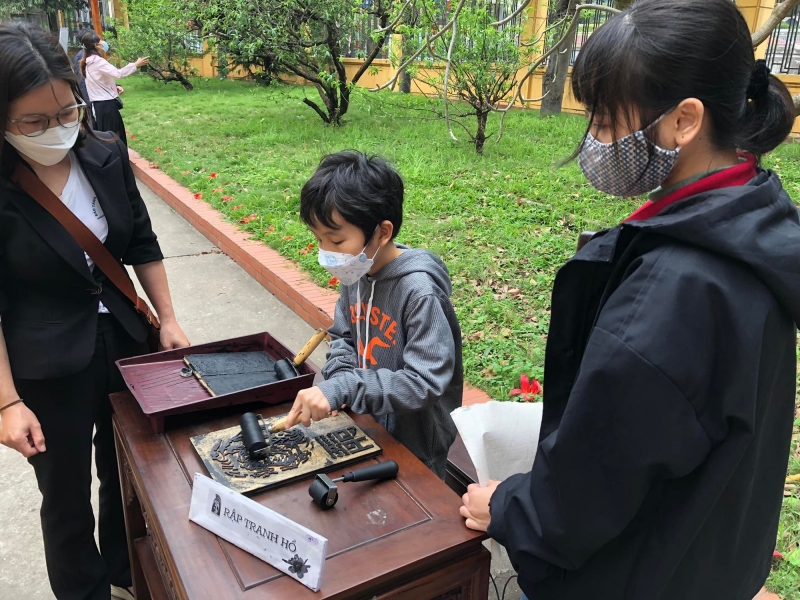
According to many researchers, children from 5 to 8 years old is the ideal time for parents to take them on trips to regions with rich cultural and historical values to foster in them a sense of pride, gratitude and love for their homeland and country.
Scenic spots, historical sites with many ancient stories are “catalysts” that stimulate children’s curiosity and desire to learn, help them expand their knowledge, and arouse their spirit of self-study and research. Each trip is a valuable practical lesson for children that no book can compare to.
Things to note when taking your children on an adventure trip
To make sure that children travel safely and effectively with their parents, parents need to plan carefully before each trip. If your child is still young, in kindergarten, you should not choose destinations that are too far away and have difficult routes. Young children cannot move continuously like adults, sitting in a car for too long or having to climb passes, wade through streams, climb mountains, etc. can make them tired and the trip is no longer interesting. For children of this age, you should take them to museums, historical sites, cultural villages, traditional craft villages right in the city or fly directly to tourist destinations.
Children 8 years old and up can go on longer trips, traveling long distances with their parents, camping, going to the forest and climbing low mountains with their parents...
When taking children out for a long day, parents need to fully prepare their children's belongings: seasonal clothes, windbreaker or sun-protective clothing, hats, sunglasses, sunscreen, mosquito repellent spray, insect bite cream, skin cream, common medicines, a few of the child's favorite snacks...
Teach your children to manage their own belongings. And don't forget to equip them with the minimum skills to deal with unexpected situations that may arise during travel and exploration. For example, if your child accidentally gets lost from their parents at the airport/train station/pier, if they have a phone, they should call their parents immediately. If they don't have a phone, they can ask people around to call them or find a security guard/guard to ask for help.
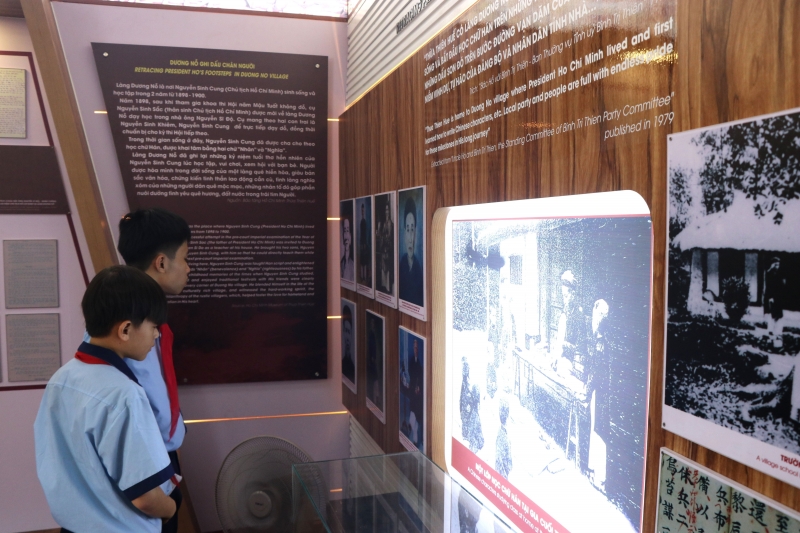
Places with deep cultural and historical values help children develop pride, gratitude and love for their homeland and country. Illustrative photo
If your child gets lost while traveling in the woods/hills or at tourist spots, call your parents or blow a whistle to attract the attention of those around you.
If your child accidentally falls while moving, notify your parents immediately so that they are not left behind and receive timely first aid.
If your child feels uncomfortable after eating a local dish, notify your parents immediately so that the dish can be removed from the menu for future meals.
Parents themselves when taking their children on a trip to explore must pay close attention to them. Because children of this age are quite active, they can be curious or curious and separate from the group. Parents need to follow their children closely, should not go far away from them, it is best to go together and must constantly check to see if the children are next to them or keeping up with them.
Source link





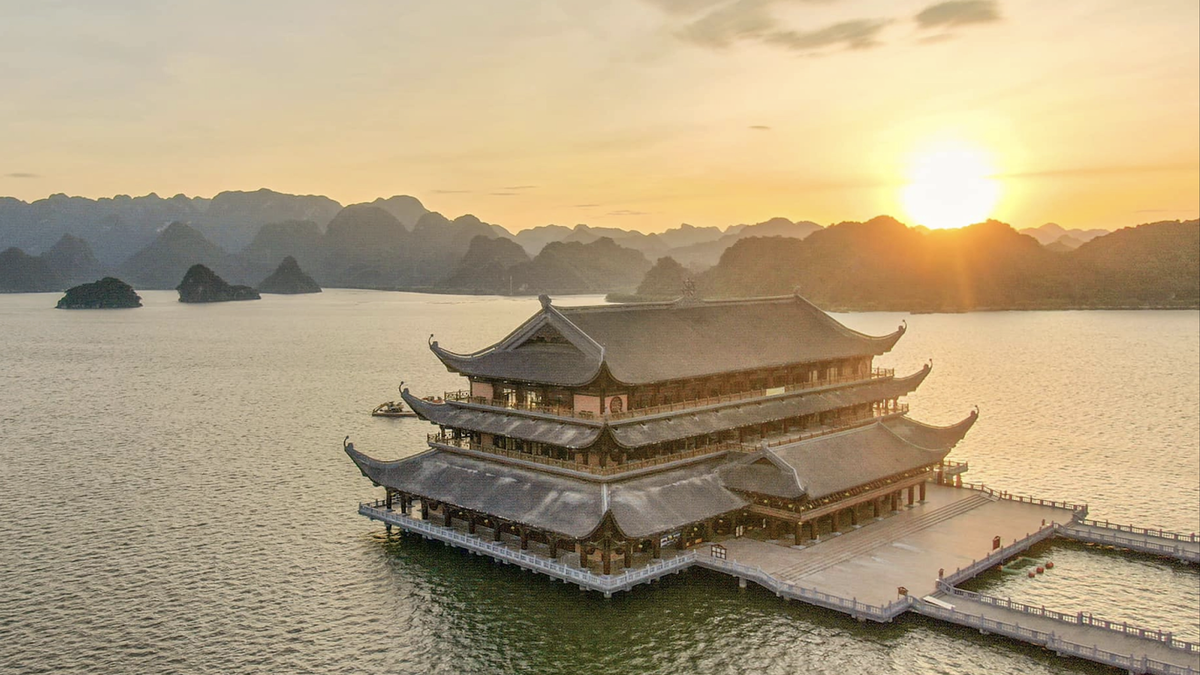


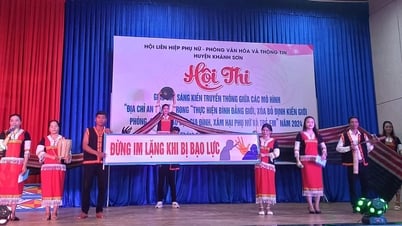





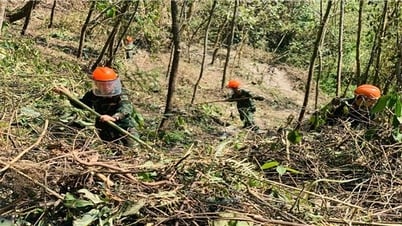
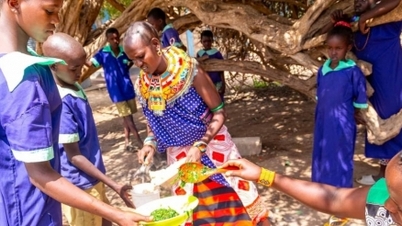

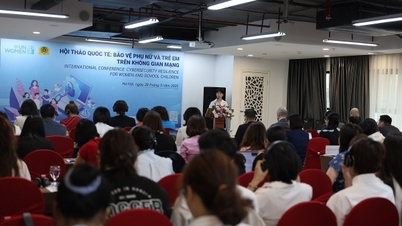





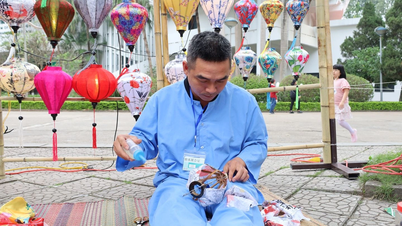
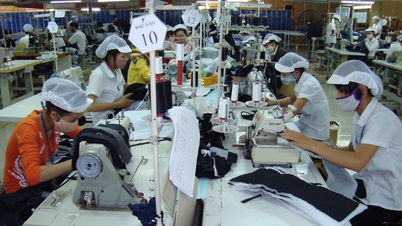

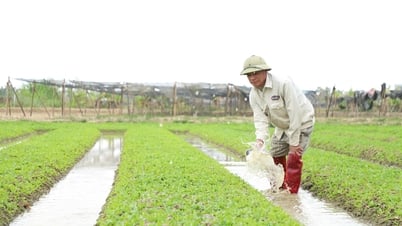

![[Photo] General Secretary To Lam receives Korean Ambassador to Vietnam](https://vphoto.vietnam.vn/thumb/1200x675/vietnam/resource/IMAGE/2025/6/6/a0765b7543784cbcbfe4755b67d43ab4)
![[Photo] President Luong Cuong works with Hung Yen and Thai Binh Provincial Party Committees on implementing Resolution of the 11th Central Conference, 13th tenure](https://vphoto.vietnam.vn/thumb/1200x675/vietnam/resource/IMAGE/2025/6/6/127b735d2761484d81dcee0d7725a25b)




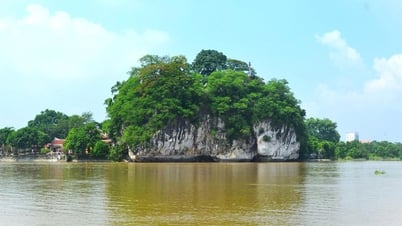

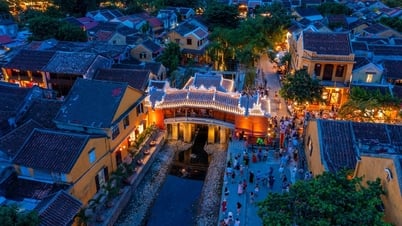
























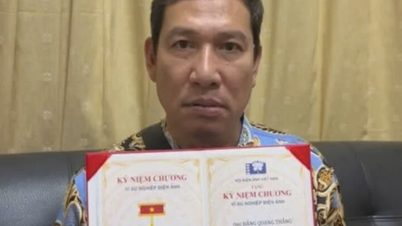

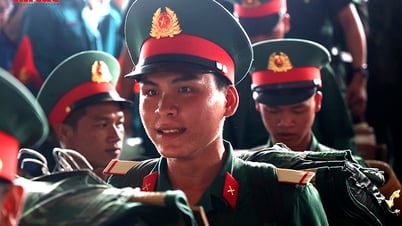










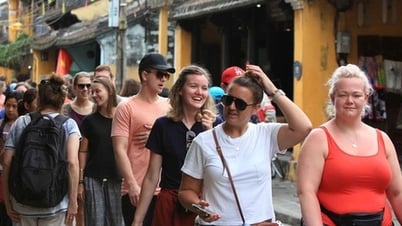





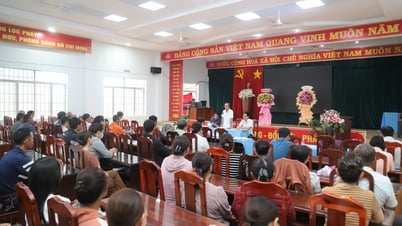


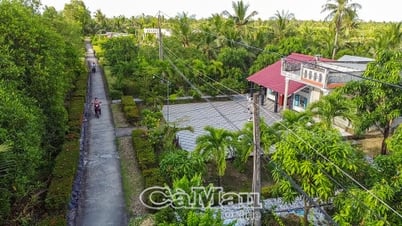







![[OCOP REVIEW] Tu Duyen Syrup - The essence of herbs from the mountains and forests of Nhu Thanh](https://vphoto.vietnam.vn/thumb/402x226/vietnam/resource/IMAGE/2025/6/5/58ca32fce4ec44039e444fbfae7e75ec)





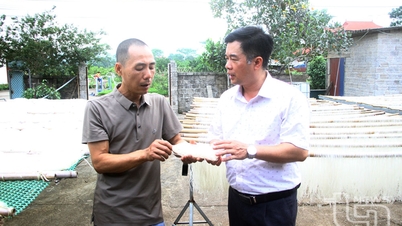

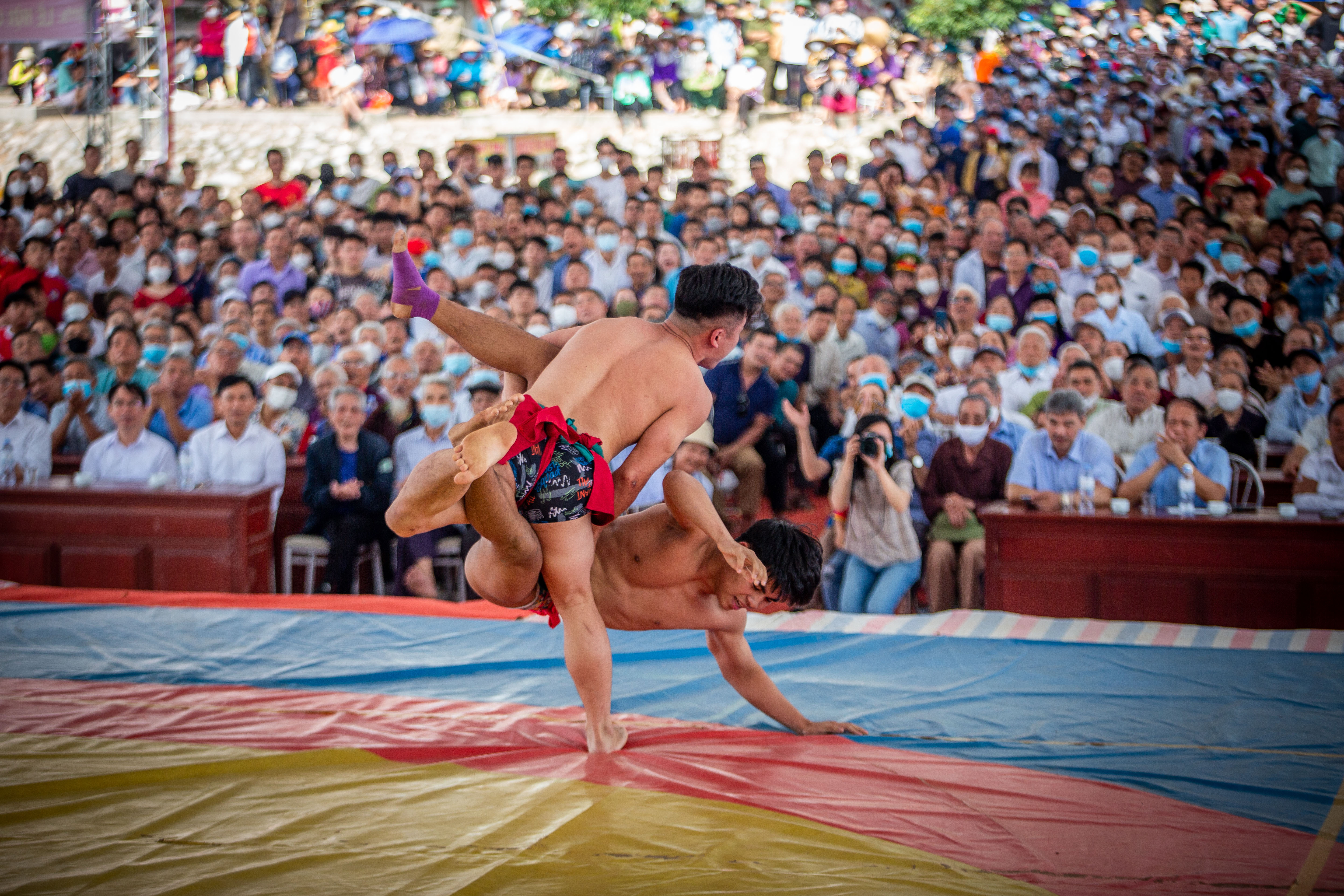
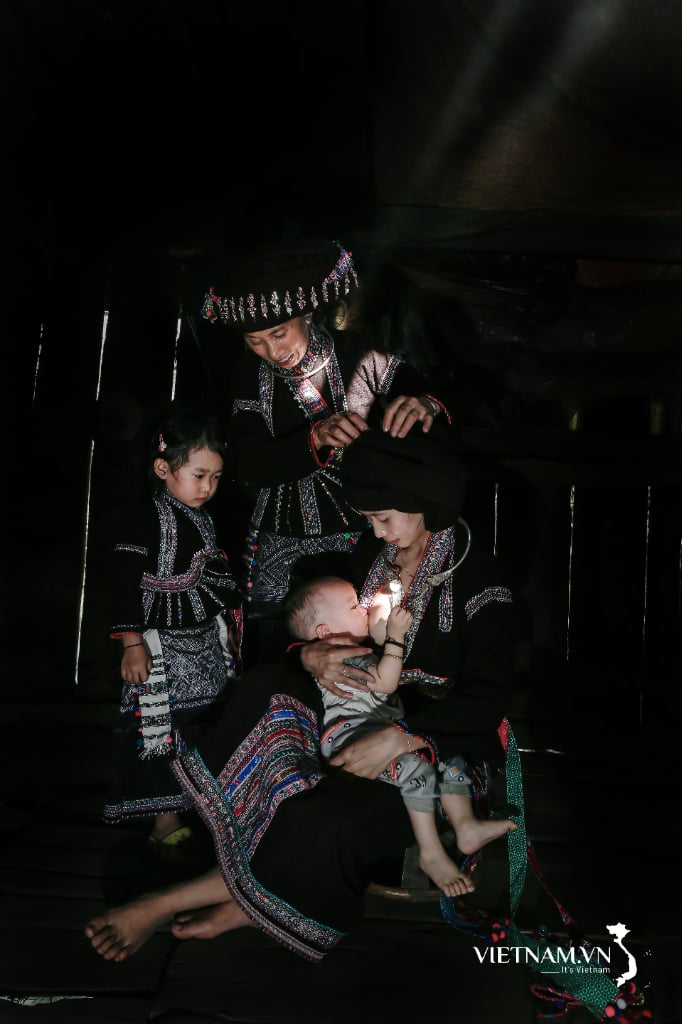
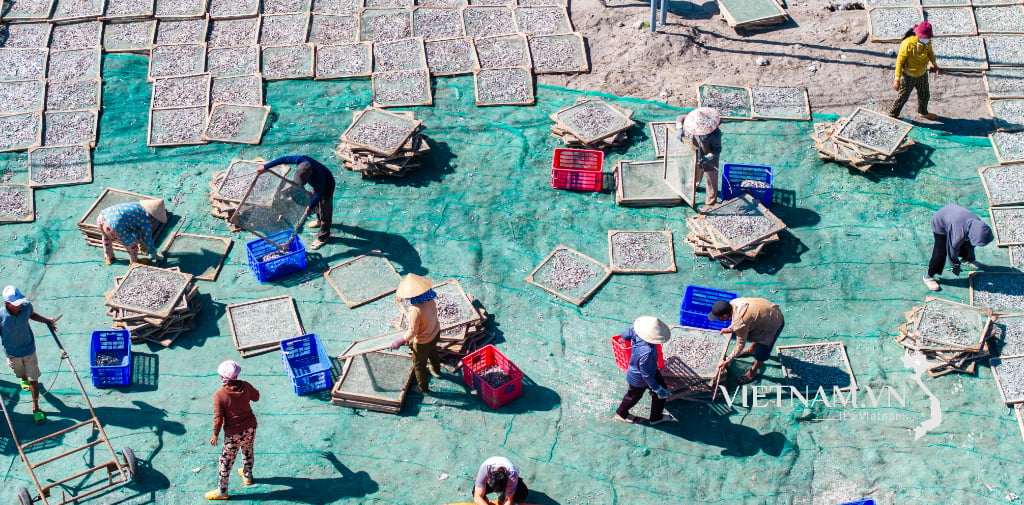

Comment (0)